Asthma first aid:
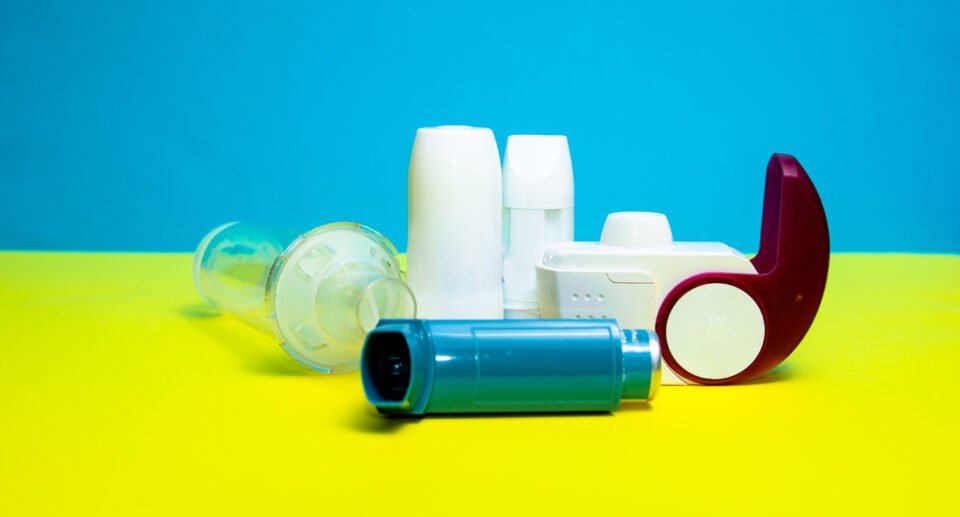
What Is Asthma?
A serious breath-related disease affects people’s lungs. It occurs as a result of the inflammation and eventual reduction of air spaces in the lungs, thus interfering with the breathing process.
The most common facilities in which symptoms of asthma can vary however they include:
- Coughing especially during the night
- Wheezing – which is a musical sound during breathing
- Feeling like you’re breathing less air than usual, even when you’re not exercising.
- Having difficulties while inhaling with pressure felt around the chest
Most of these symptoms will come and go and sometimes such symptoms would be on extreme levels called Asthma Attacks, where such conditions may be brought about by cold air, exercise, dust, smoke, or pollen.
What is the hazard?

They are Ethnic or Genetic predisposition to asthma, and it is associated with recurrent allergic conditions such as fever and eczema. The geographical location states the boost of the chances since if one moves around urban centers where air infested with pollution or tobacco smoke is common, the chances increase.
There is currently no treatment for asthma, since it can but can be treated effectively. The most popular way of treatment is the use of inhalers- this help administer the medication directly to the lungs. Inhalers fall into two categories.
Bronchodilators (for instance salbutamol):
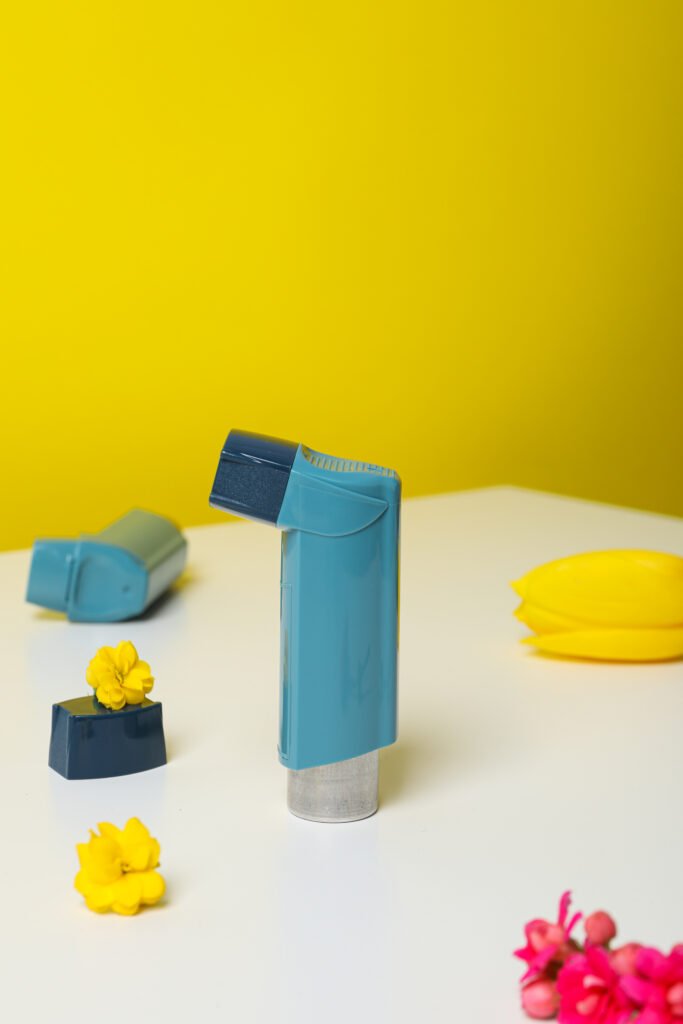
These act to ease the discomfort by widening the passageways in the lungs and removing the discomfort figures.
Asthma Medications Regardless of the risk of using other treatment options, steroids are also used on individual patients
Some individuals suffering from asthma may require the inhalation of an inhaler daily. A specific device known as a spacer is also helpful, especially in children who are prone to using an inhaler.
Description of the Effect of Asthma:
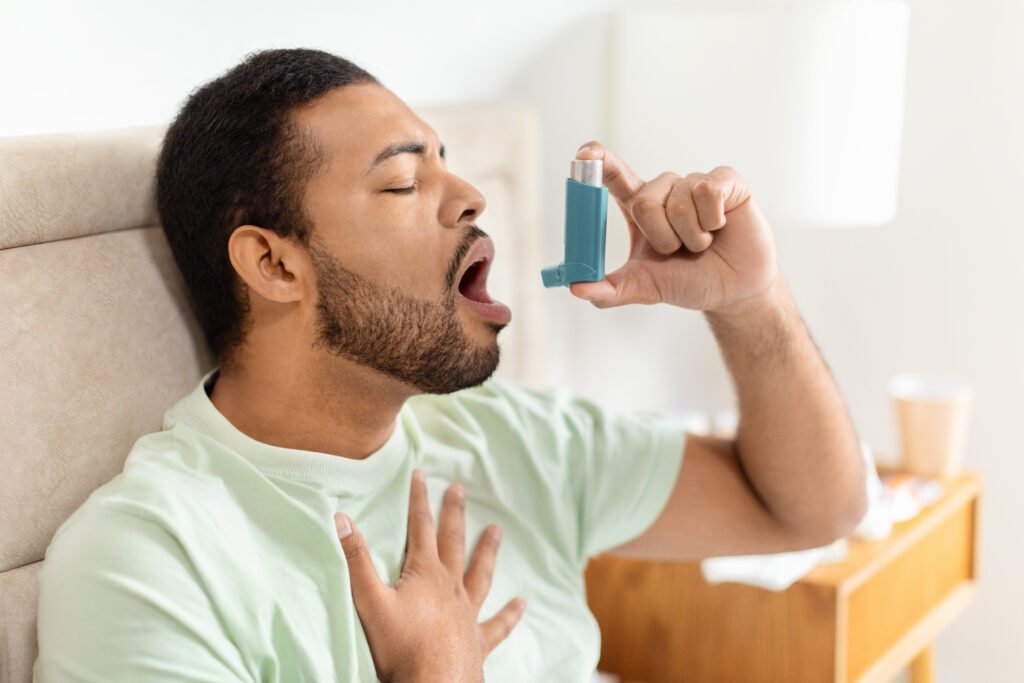
If asthma is ignored without proper treatment, it can lead to impairment in the performance of normal activities. If their symptoms worsen, those people may not go to school or work, may not be able to sleep normally, and require urgent care in a hospital. Even without regard for such situations, severely uncontrolled asthma can cost lives.
Seeking Assistance:

If you have asthma or think that you may have it, please consult a doctor to obtain the necessary treatment.You can effectively manage asthma, allowing you to lead a busy and enjoyable life.
Fighting Ignorance:
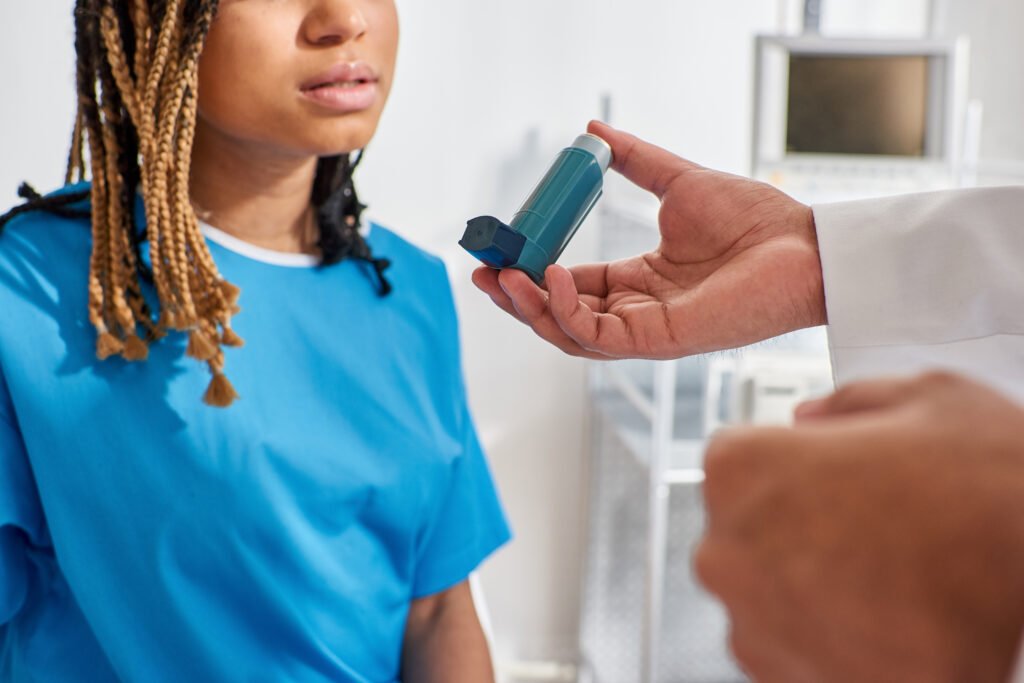
There is a lack of easy access to an inhaler to use when needed for asthma treatment in many countries, and that is why spreading awareness is crucial. It is imperative to counter the misconceptions and discrimination associated with asthma so that many more people can access the help they require.
Asthma First Aid Management:
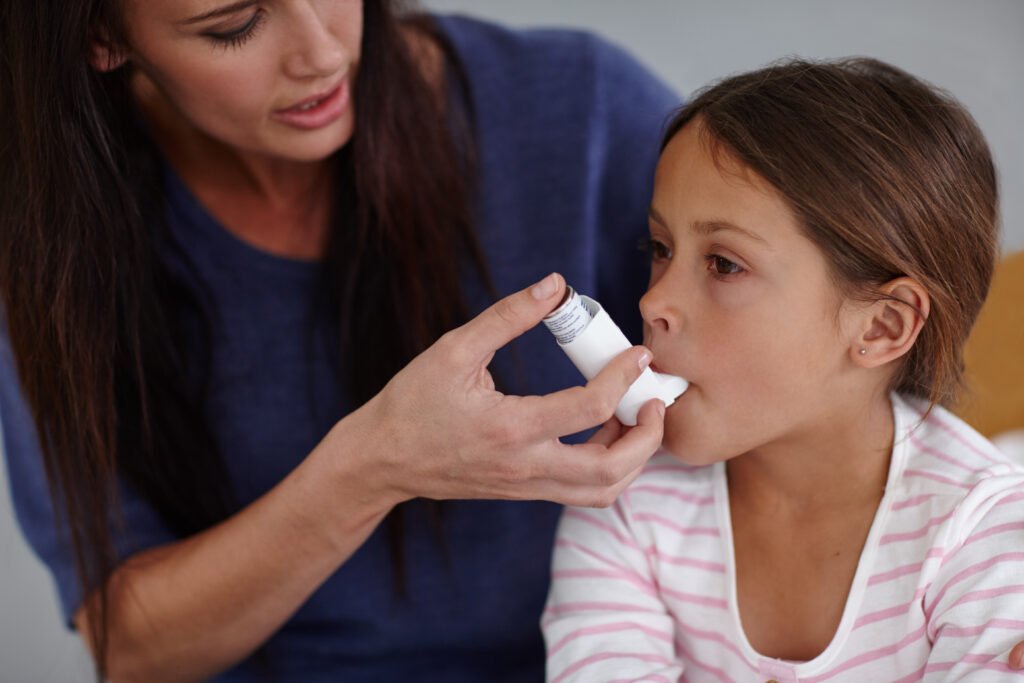
When you notice that a person with asthma is using an asthma action plan, however, all the symptoms have not disappeared quickly and you threaten to panic, please remain calm and remain in the rescue position. Activate the “red zone” or the emergency steps and call 911 or your physician at this point. This is an extreme case, which calls for help from medical practitioners.
Asthma First Aid:
- Ensure that the person sits up. This needs some calming down. Any constrictive clothing must be loosened.
- If they are carrying their inhalers allow them to use it, you may want to help them.
- If there is no inhaler available and there is one in the emergency kit, go ahead and use it. Never for any reason share Inhalers.
- The medication may be different and there is always a risk of infection as well.
- With Spacer Inhaler
- Take the inhaler out of the cap and shake it.
- Put the inhaler in the spacer device.
3.Guide the person to breathe as much as possible. - They need to inhale it deeply and slowly, then hold it in for 10 seconds.
- Four puffs will be given in total, and then one minute should be waited before the next puff
- Using an Inhaler without a Spacer:.
- Opening and shaking the inhaler.
- Let the person breathe out a lungful of air while retaining his mouth about the inhaler’s mouthpiece completely.
More About Asthma First Aid:
- When the individual comes to inhaling slowly, depress the inhaler once to emit a puff while keeping the volume in.
- They may follow it up with a breath that they should try to exhale for about 5 to 7 seconds and then hold their breath for 10 seconds.
- For a total of 4 puffs, puff for 1 minute interval in between.
- If You Still Need the Inhaler.
- Now take another 4 puffs after the first 4 hits and this time wait for 4 minutes only. If the person continues to have difficulty breathing, administer a set of 4 puffs.
- Also give 4 to 8 puffs up to four times in 20 minutes, if symptoms are not improving up to 4 hours.
- After four hours if the person is relieved then four to eight puffs may be given at 1 -2 3 -4 hours but not more than 4 hours.
- Observing the Individual
- Don’t take drowsiness as a sign of progress; the more the person’s asthmatic status worsens the sleepier they are.
- Last but not least, one has to remain cautious since there is a high likelihood that their asthma is still bad even if wheezing has stopped.
- When the Relieving Assistance is Provided.
- A specialist determining the onset of the attack and activity will provide appropriate medical care and prescribe medications.
- Based on the answers received, health care providers may discharge a patient or continue their hospital stay for further treatment.
If You Have An Inhaler:

During an asthma attack, individuals must prevent certain measures and take action if an inhaler is nearby or available with the asthma victim. Avoid making excuses about where to start.
Sitting Up Straight:
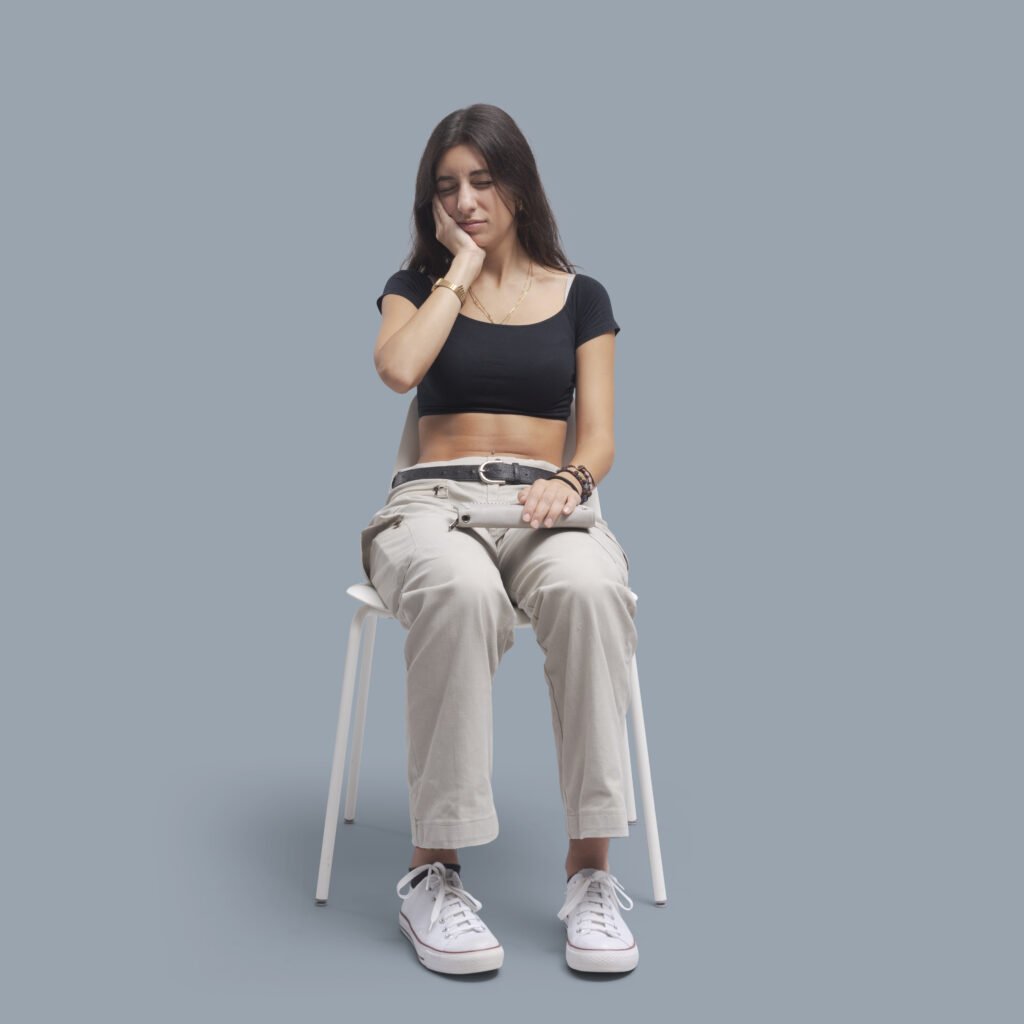
The victim must sit upright in a comfortable place be it on a chair or couch. By sitting up the lungs expand and facilitate deep breathing.
Take a Puffer:

In case you have an inhaler, take it as prescribed. It causes the muscles in the walls of the bronchi to relax therefore making its function easy and obviating the fall of the Oxygen volume.
Take Out Causes of The Attack:

Move away from any possible cause of the attack such as smoke, strong odors, or areas with lots of pollution. Reducing or avoiding these can help prevent another attack from beginning.
Rest Easy:

People get panic and anxious; which is not good for this affliction. Watch movies, play soft music, and inhale any activity that can make you calm down.
Do Not Rush To Breathe Normally:
When things go a little better and yet it is possible to breathe better, calm yourself to breathe – One should breathe slowly and deeply. One such technique is diaphragmatic breathing.
Seek Help:
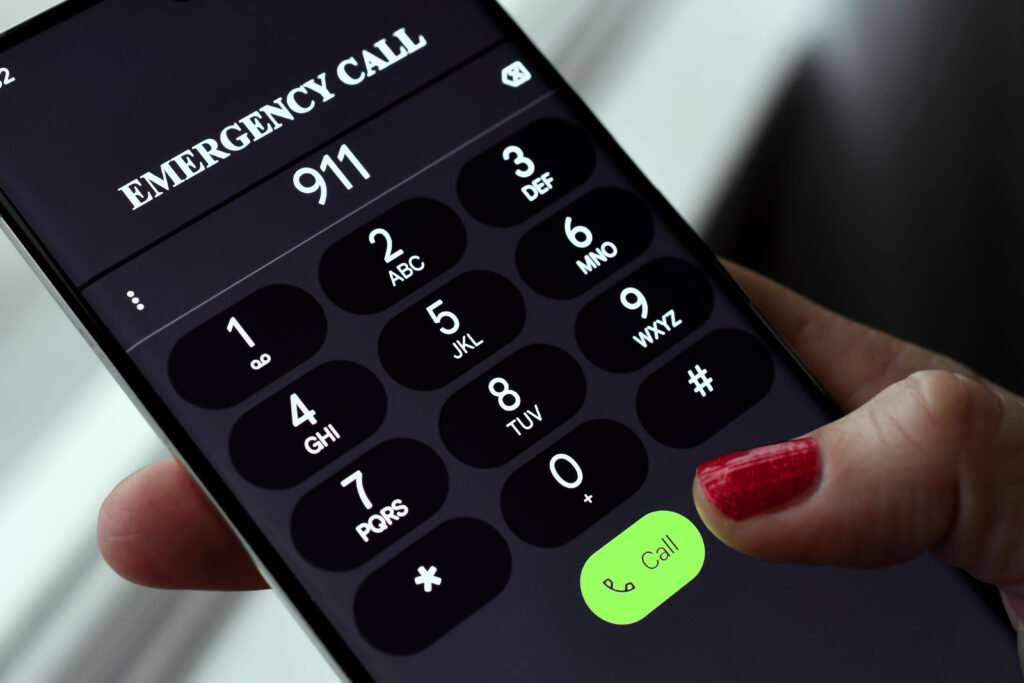
If your symptoms worsen or the above do not work, please call 911 and ask for assistance as soon as possible.
If You Don’t Have an Inhaler:
Sit Upright: The act of sitting up enhances lung expansion which in turn facilitates the ability to breathe comfortably.
Try Avoiding Triggers:

Try to avoid anything that may trigger your asthma and cause it to aggravate, such as strong offensive smells.
Do Not Panic:
It is necessary to remain calm and try to center and concentrate on your breath to reduce symptoms.
Call For Help:
If any discomfort in the chest occurs, labored breathing occurs, or there is a feeling of fainting, please call 911 right away.
By remaining calm and adhering strictly to these easy instructions, one can control and attack their asthma and wait for help to arrive.








